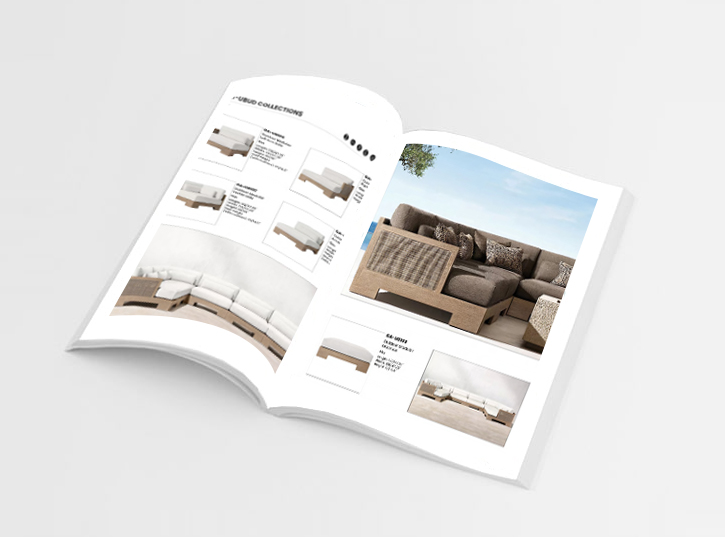It is clear whether it is a hotel, restaurant or office space. Hotels choose styles and grades according to star ratings, high-end luxury, mid-range quality, economical and practical; restaurants match tables and chairs according to cuisine, Western European style, Chinese style, fast food and convenience; the functions of each area in the office area are different, the open area focuses on collaboration, the conference room focuses on professionalism, and the executive office shows style.
Accurately measure indoor and outdoor spaces and draw layout maps. Hotel guest rooms, restaurant dining areas, and office areas must ensure that furniture is placed reasonably, and reserve sufficient space for activities and service channels to improve comfort and operational efficiency.
High-traffic areas (such as scenic area hotels, business district restaurants, and office areas of office buildings) choose wear-resistant and damage-resistant furniture, which is sun-resistant and waterproof outdoors, and solid and thick indoors, and some replacements can also be prepared; low-traffic areas (VIP rooms, private clubs, etc.) pursue high-quality, limited edition or designer brand furniture with a strong sense of design.
Pay attention to durability, structural strength, and environmental protection. Indoor furniture, such as guest room mattresses, must be comfortable and office desks and chairs must be ergonomic; outdoor furniture must meet the standards for anti-corrosion, sun protection, and waterproofing to ensure long-term and stable use.
The style of the furniture must be highly consistent with the overall decoration and brand image of the business premises. Chain enterprises maintain a consistent style, and trendy theme venues keep up with fashion to avoid style confusion and create a harmonious visual experience.
Formulate an initial investment budget covering procurement, transportation, installation and commissioning costs, and make reasonable plans based on financial conditions, project scale and expected returns; at the same time, consider long-term maintenance, upkeep, and replacement costs, weigh the product cost-effectiveness, and ensure operational benefits.


